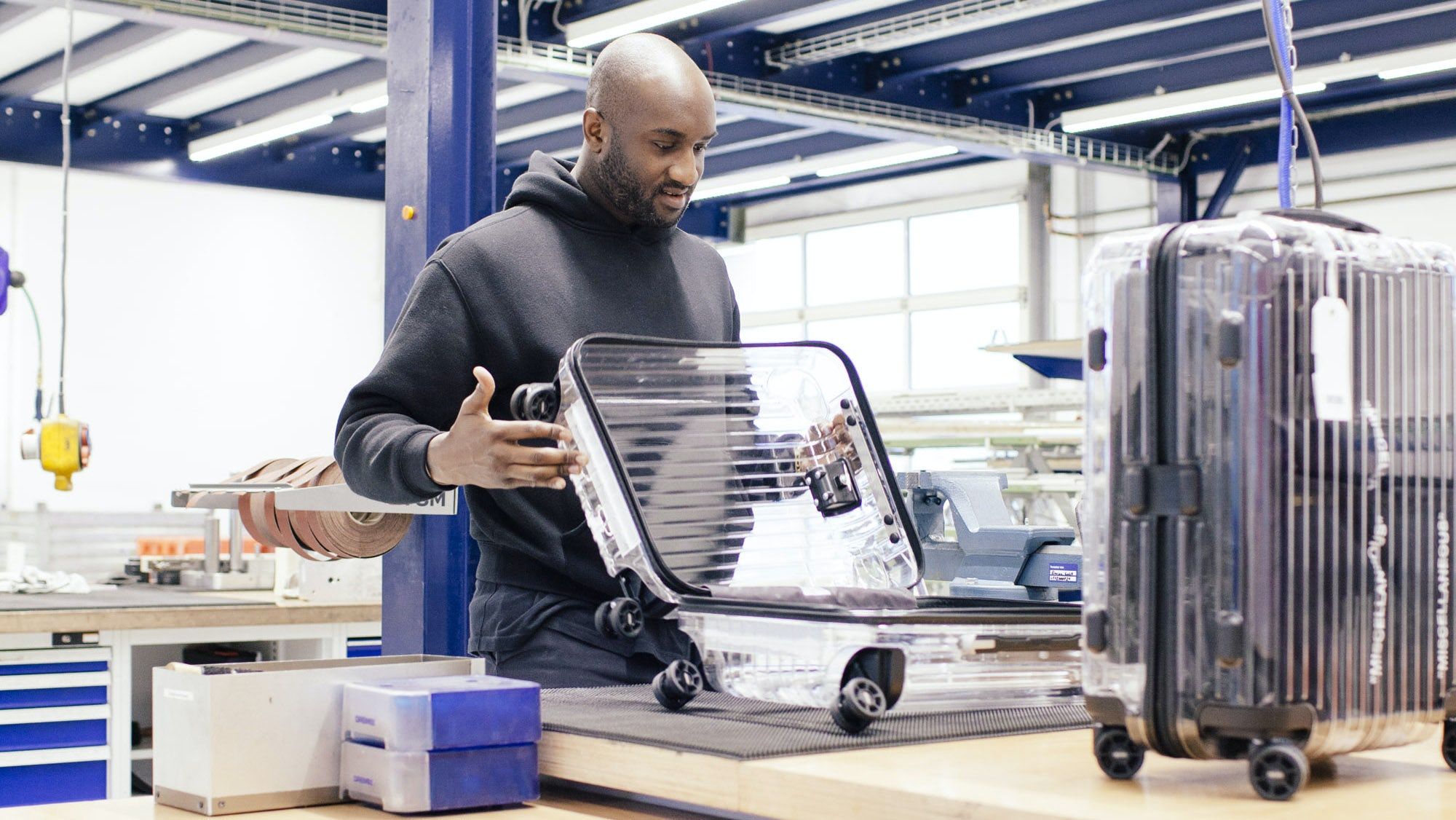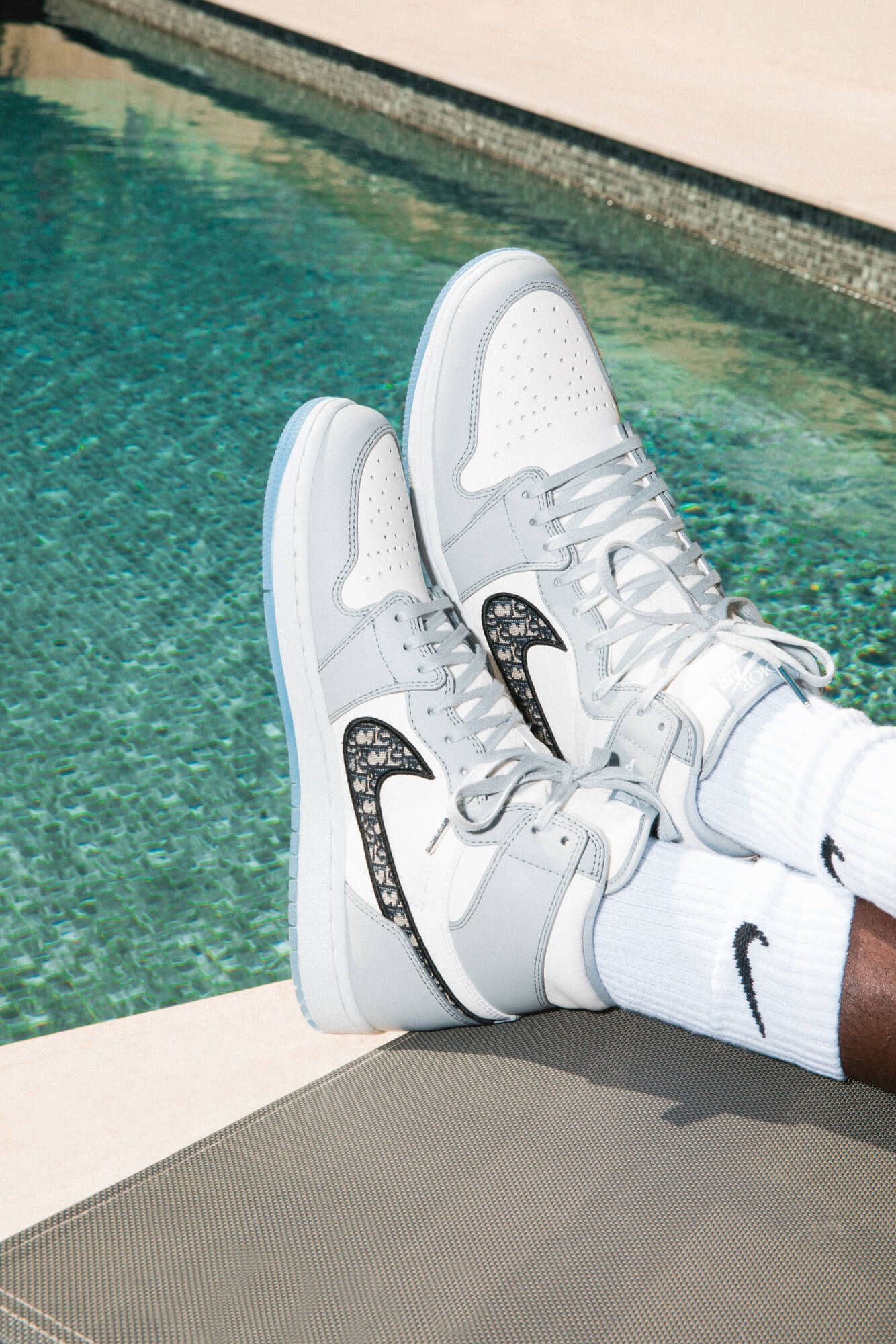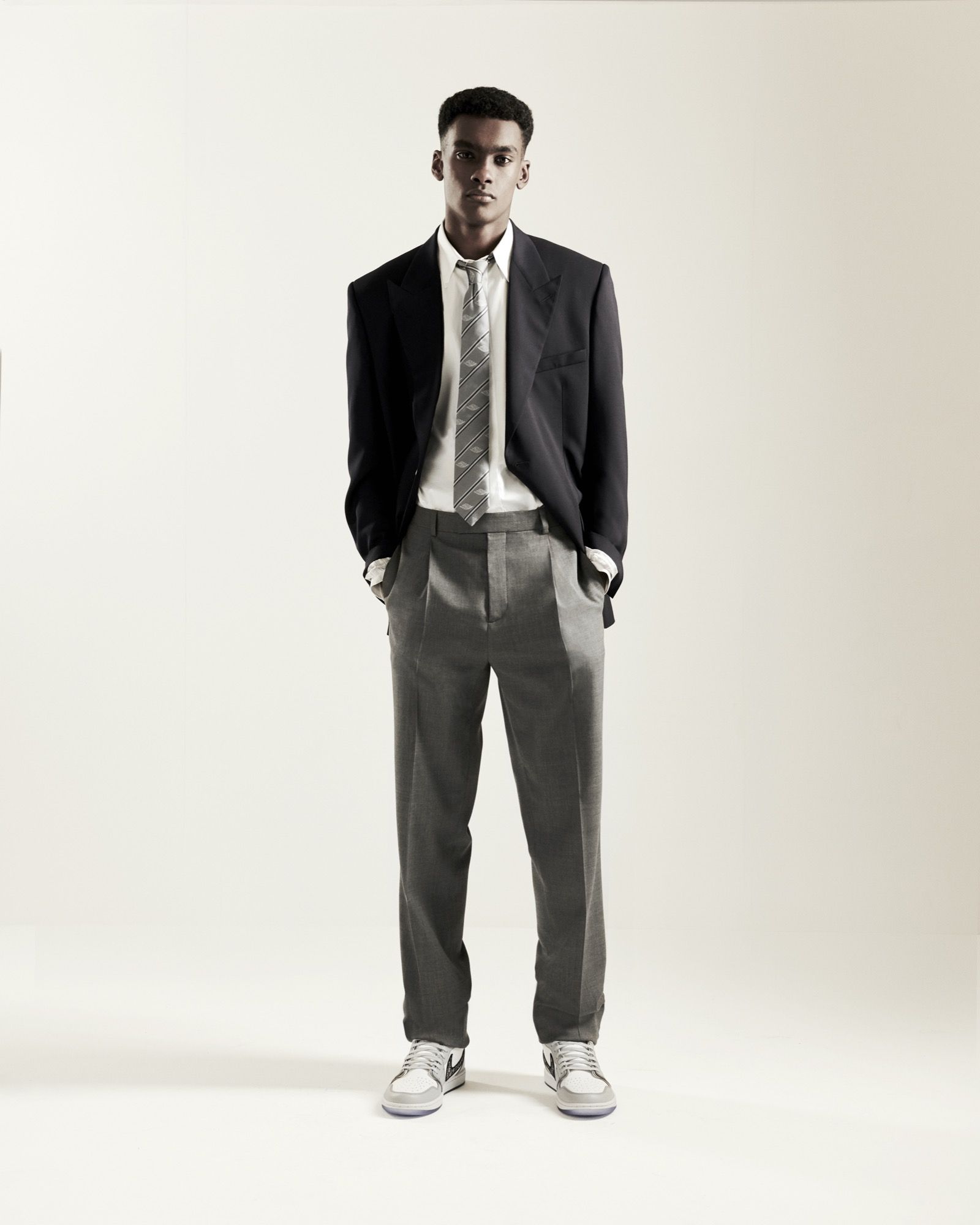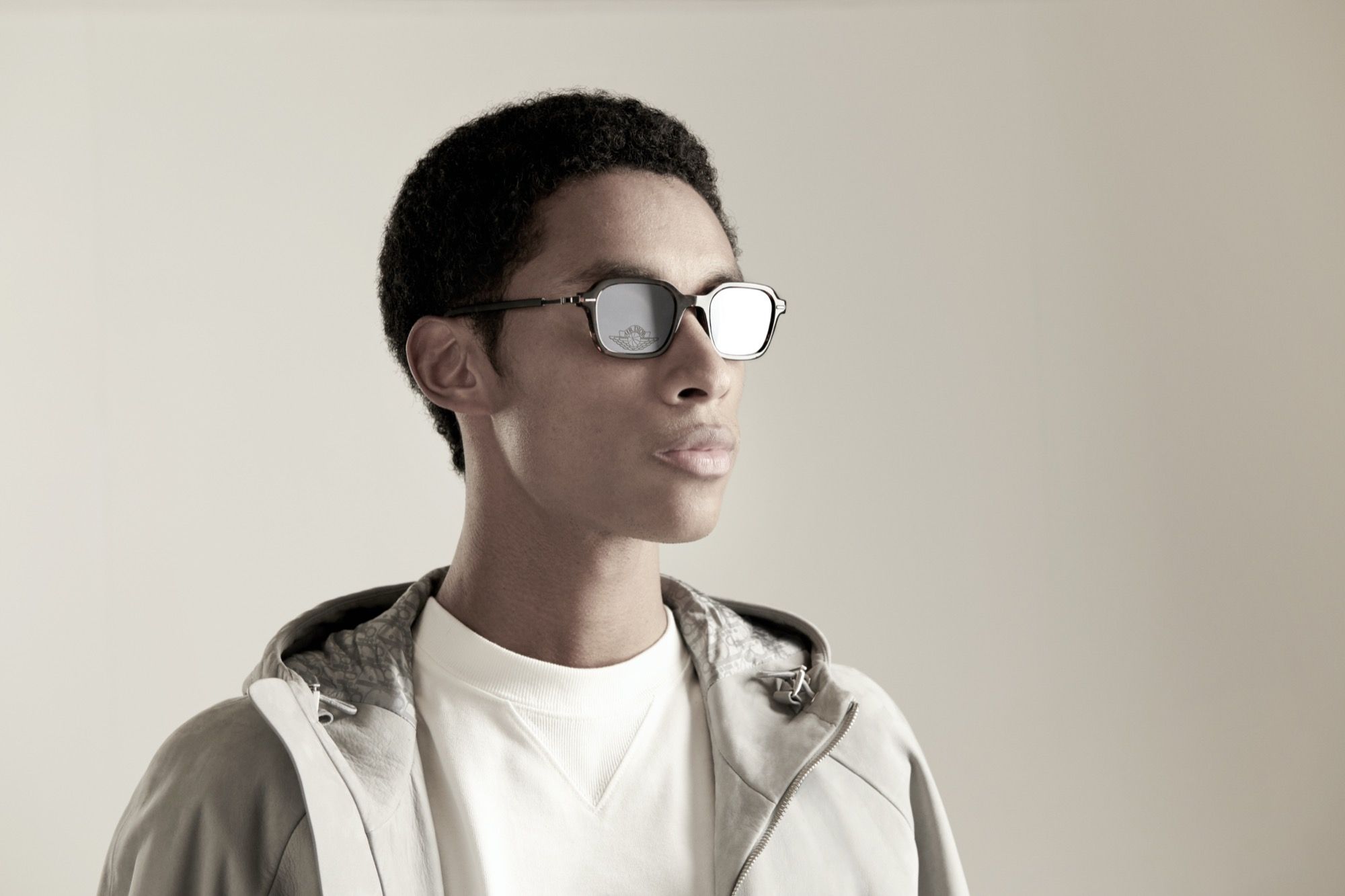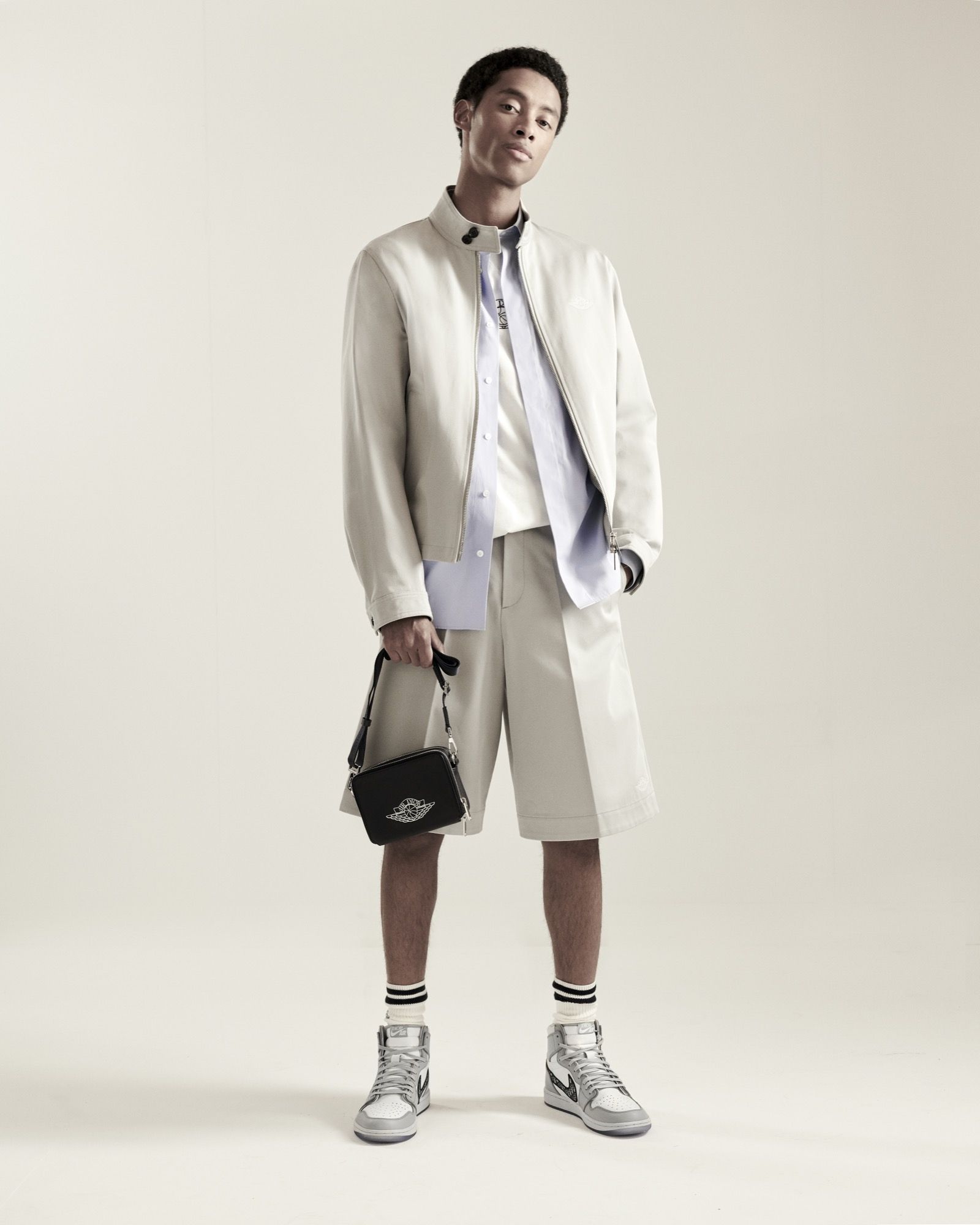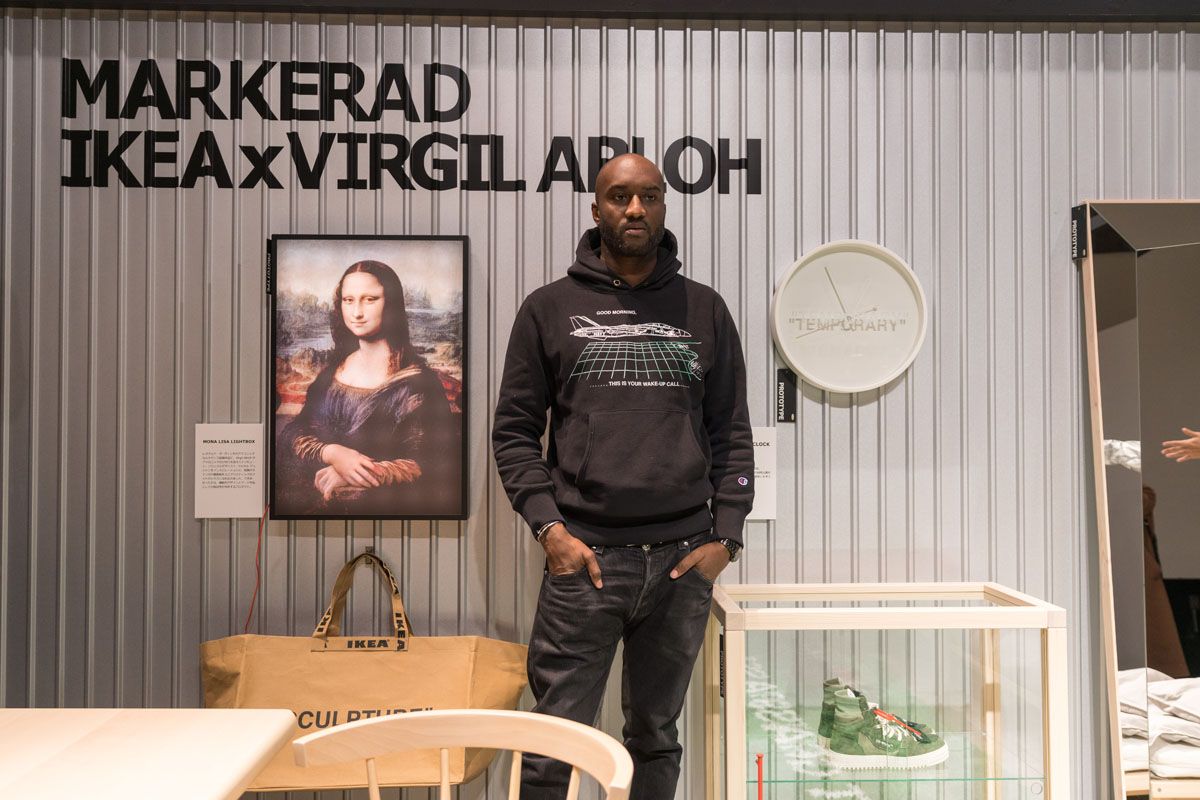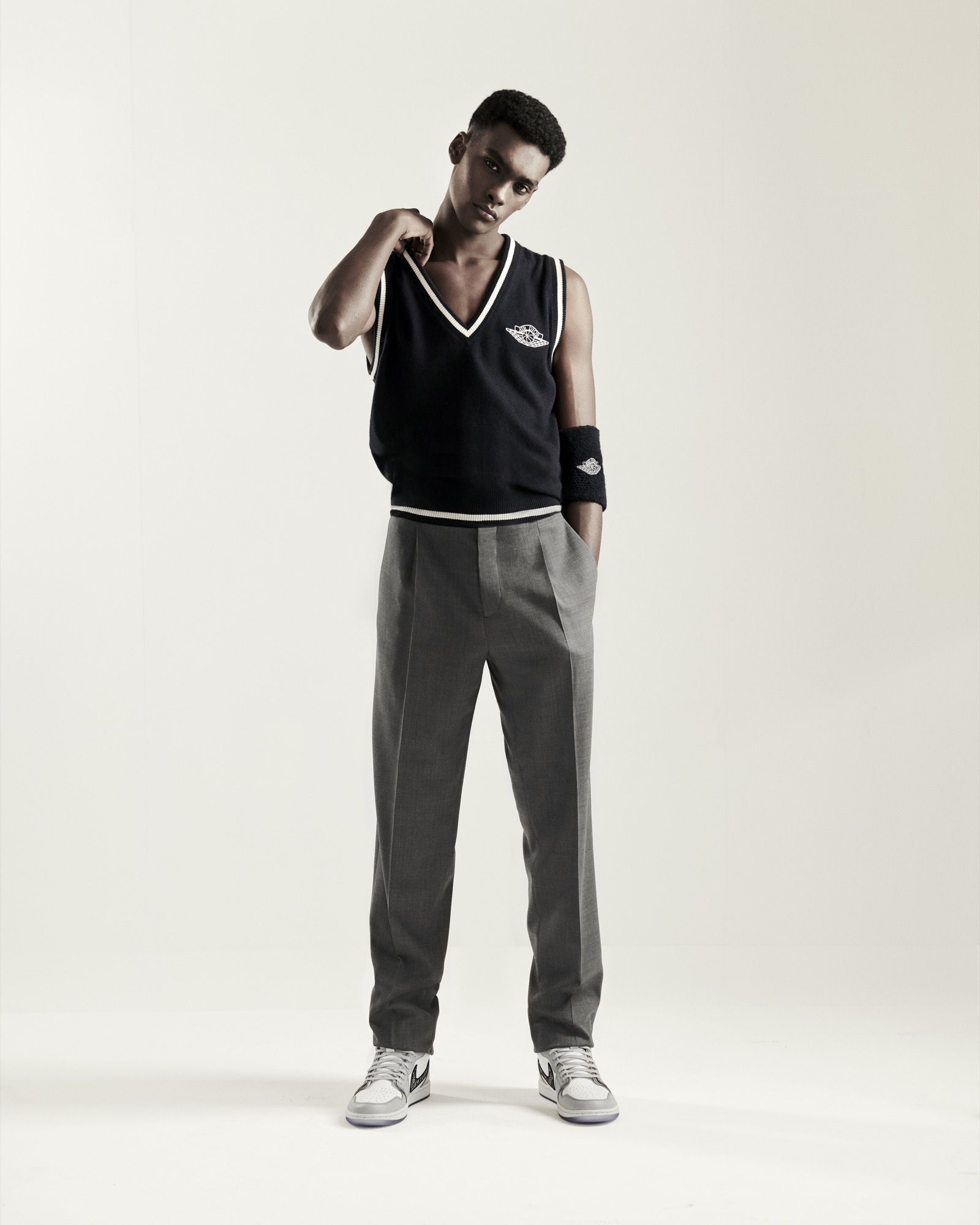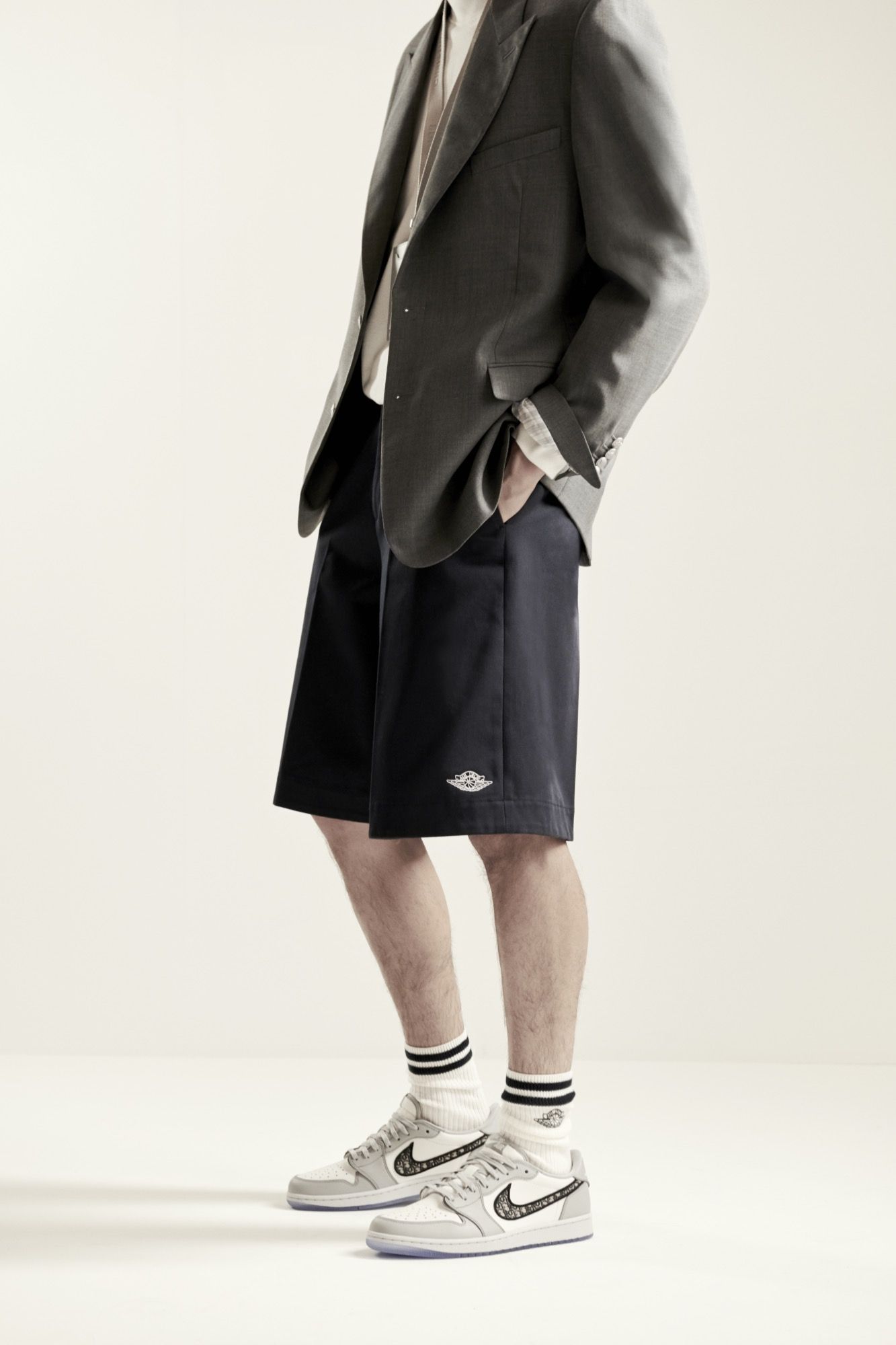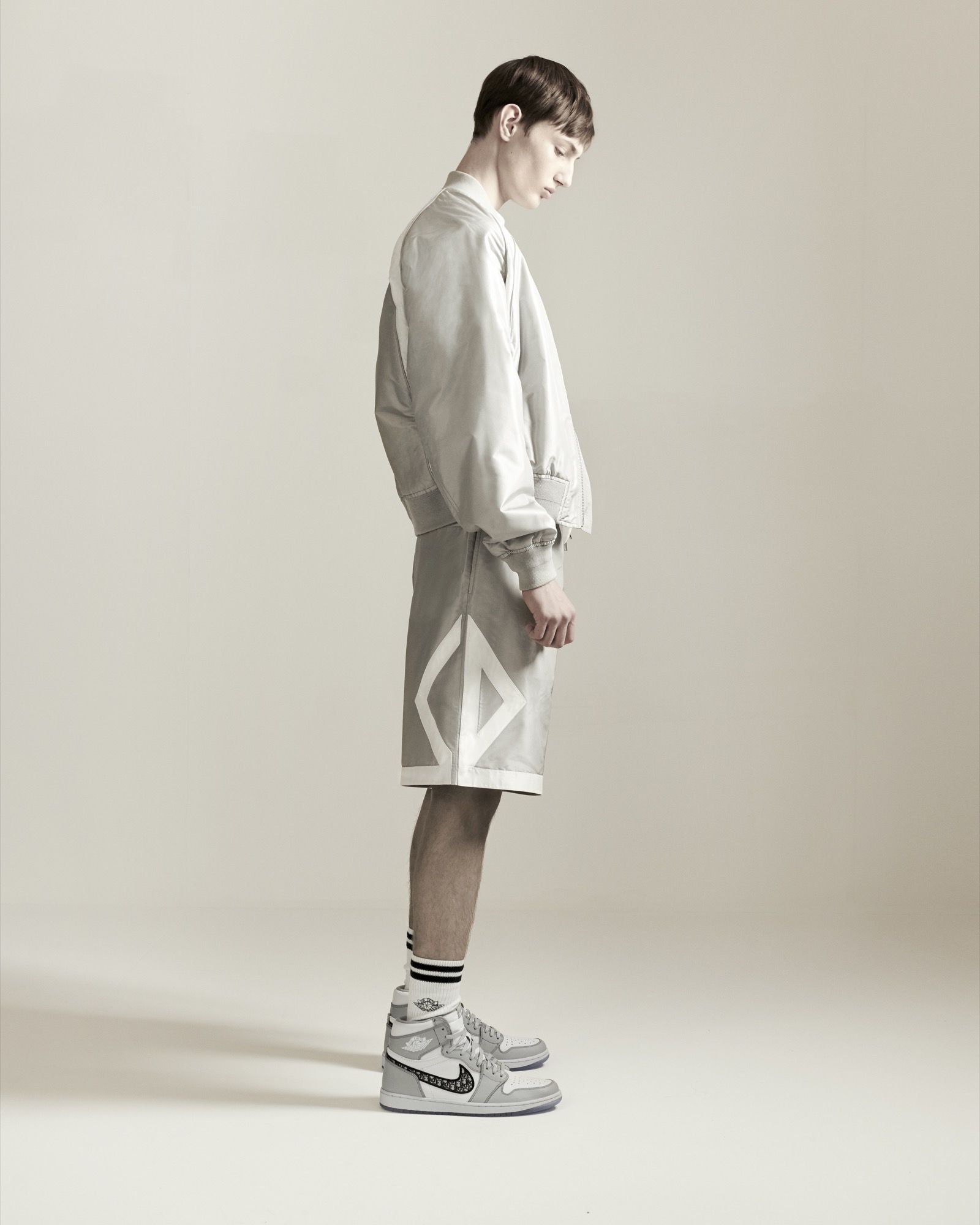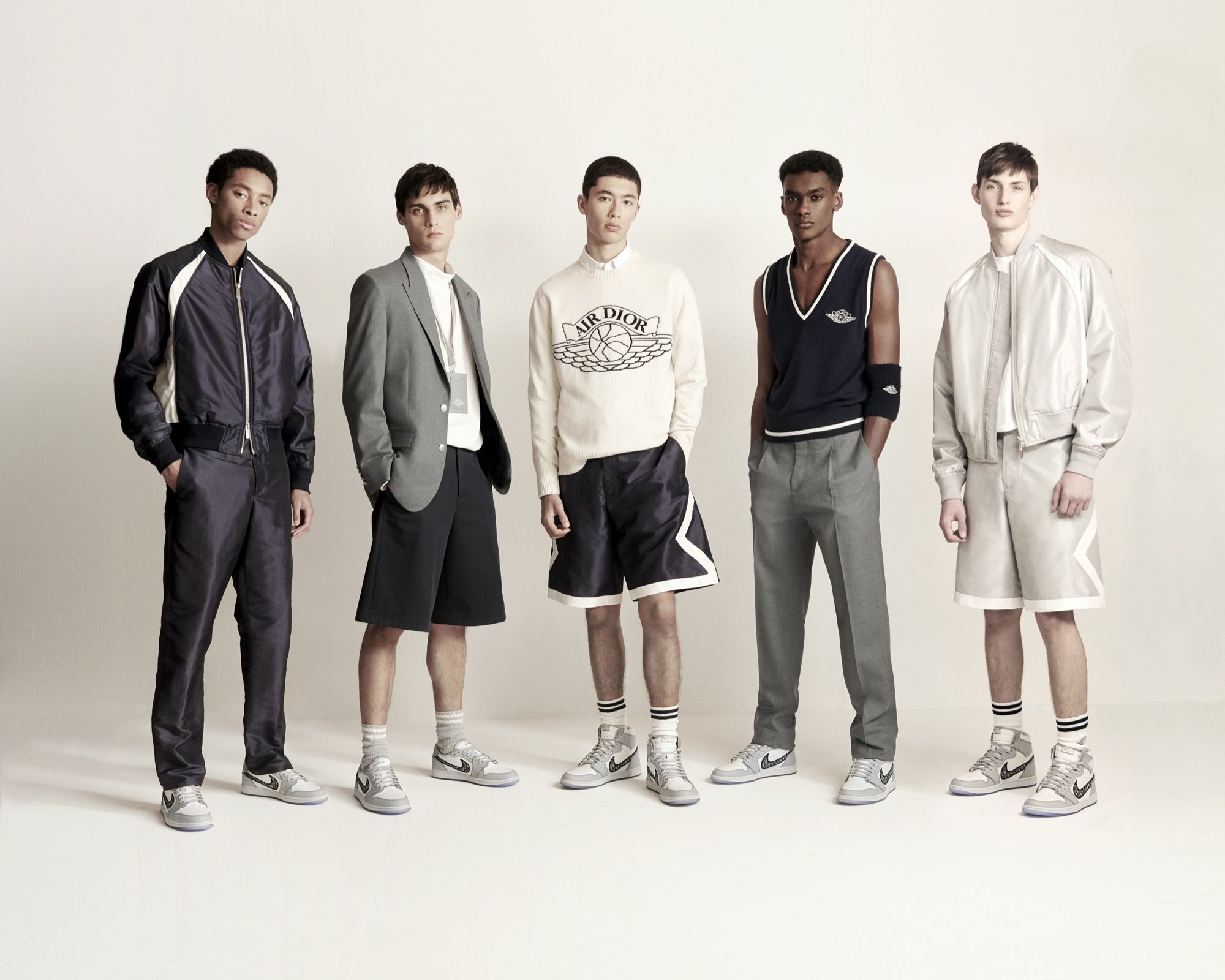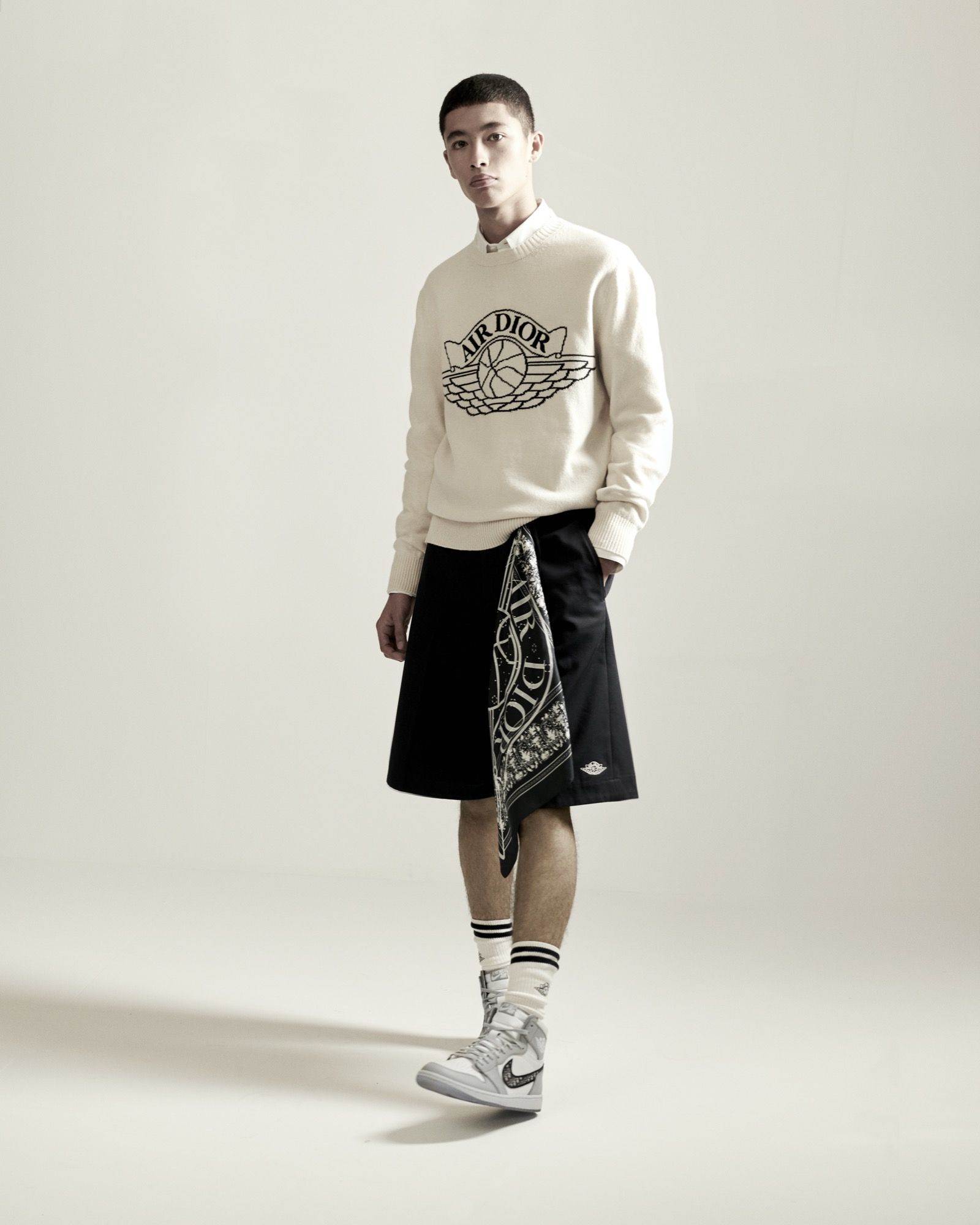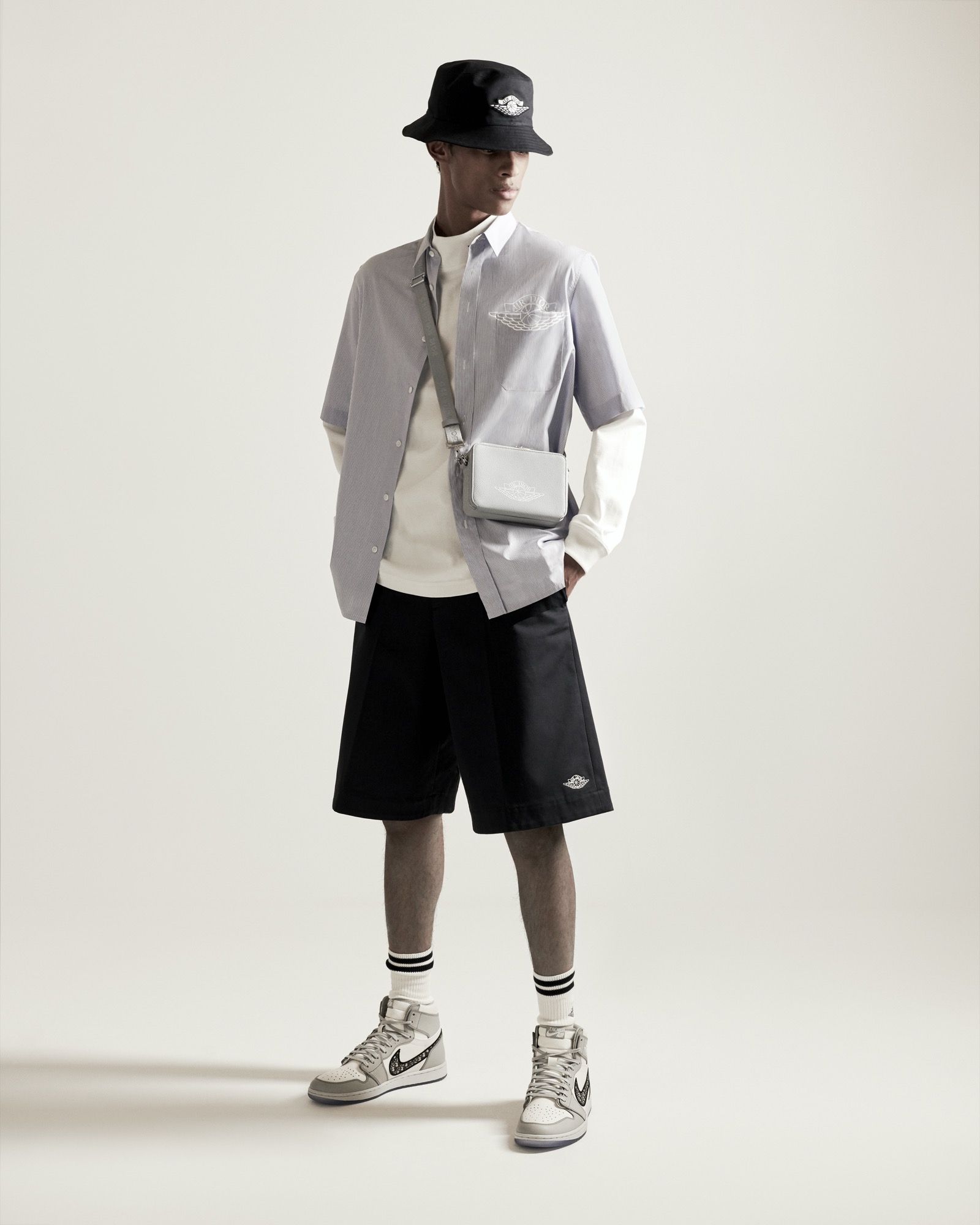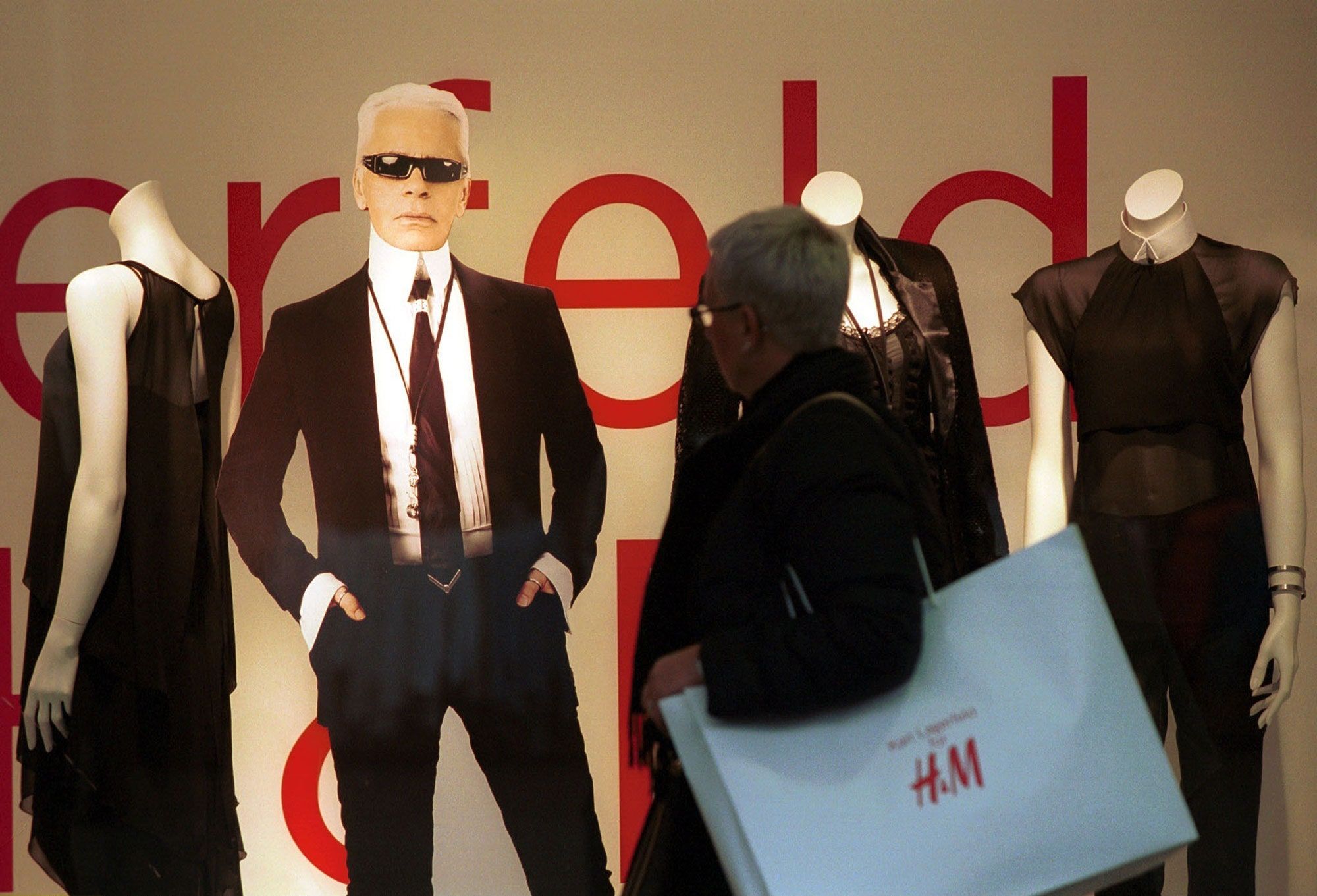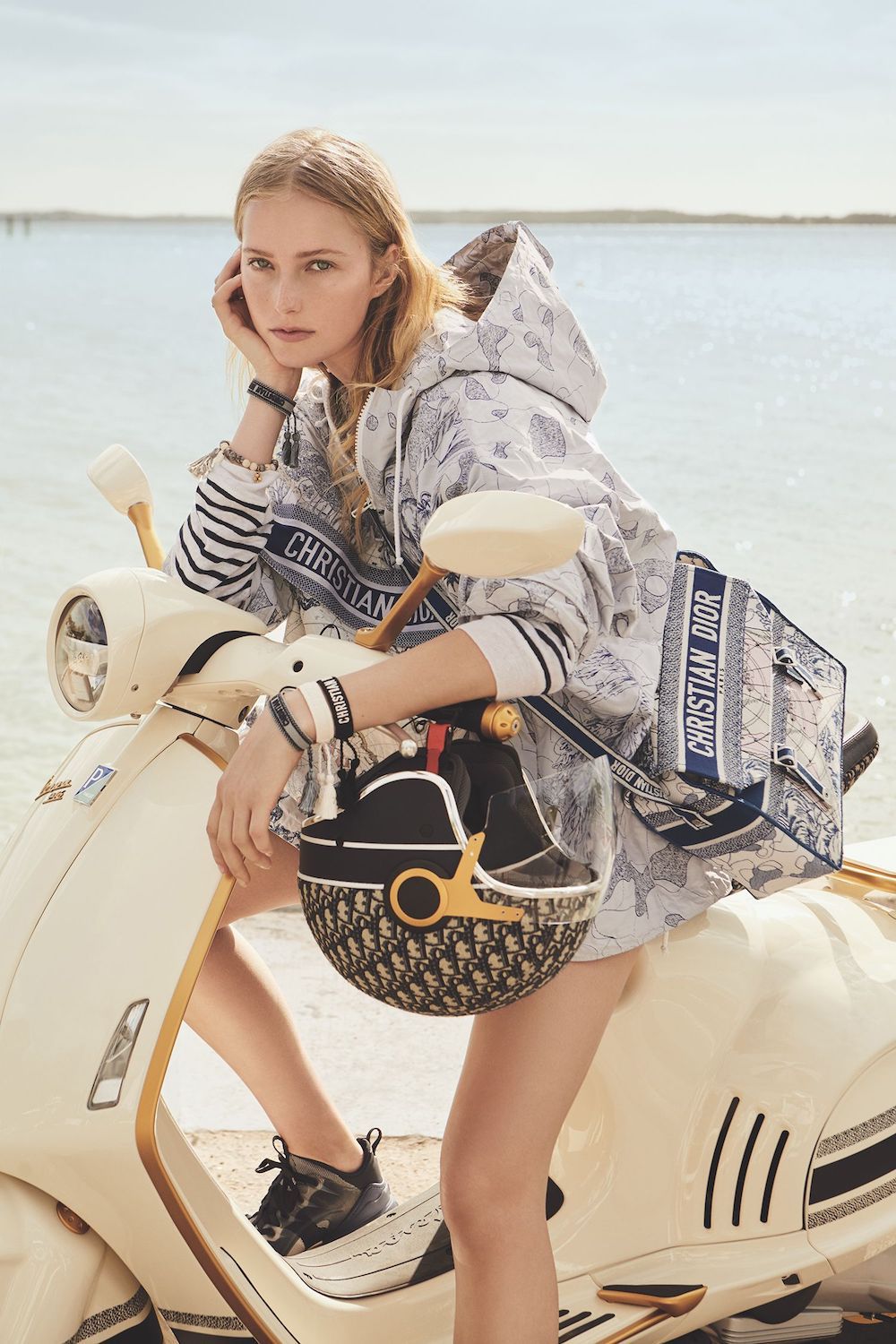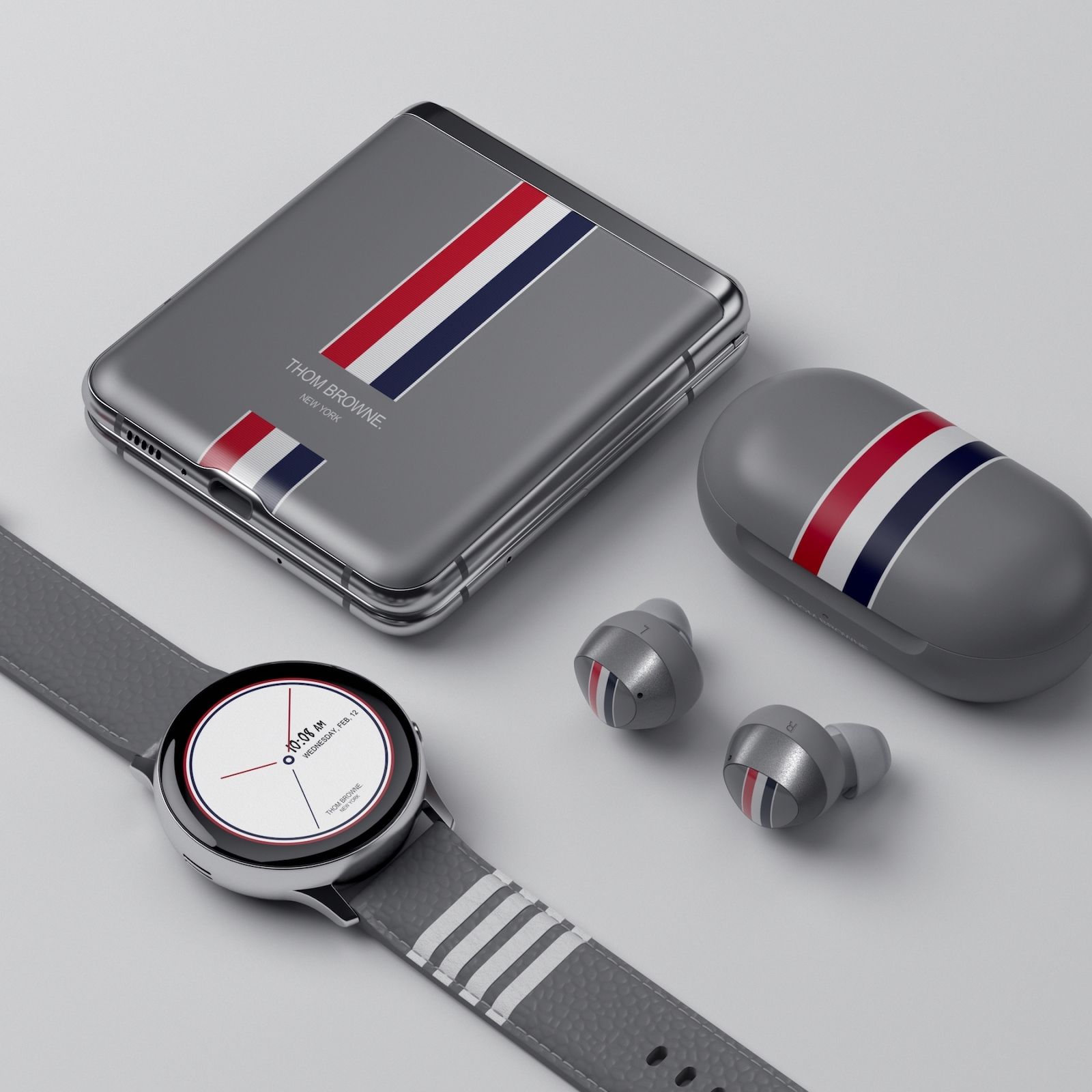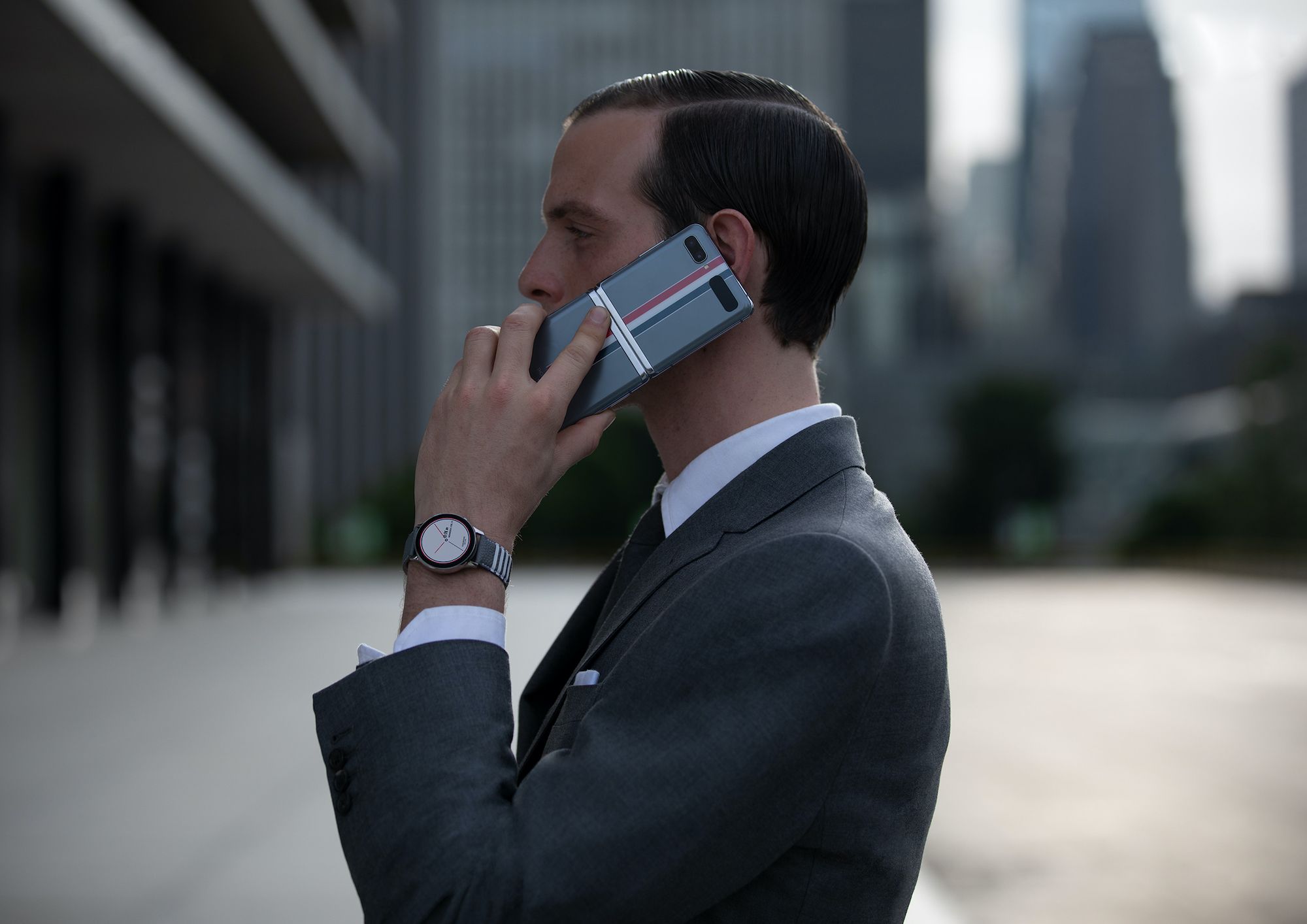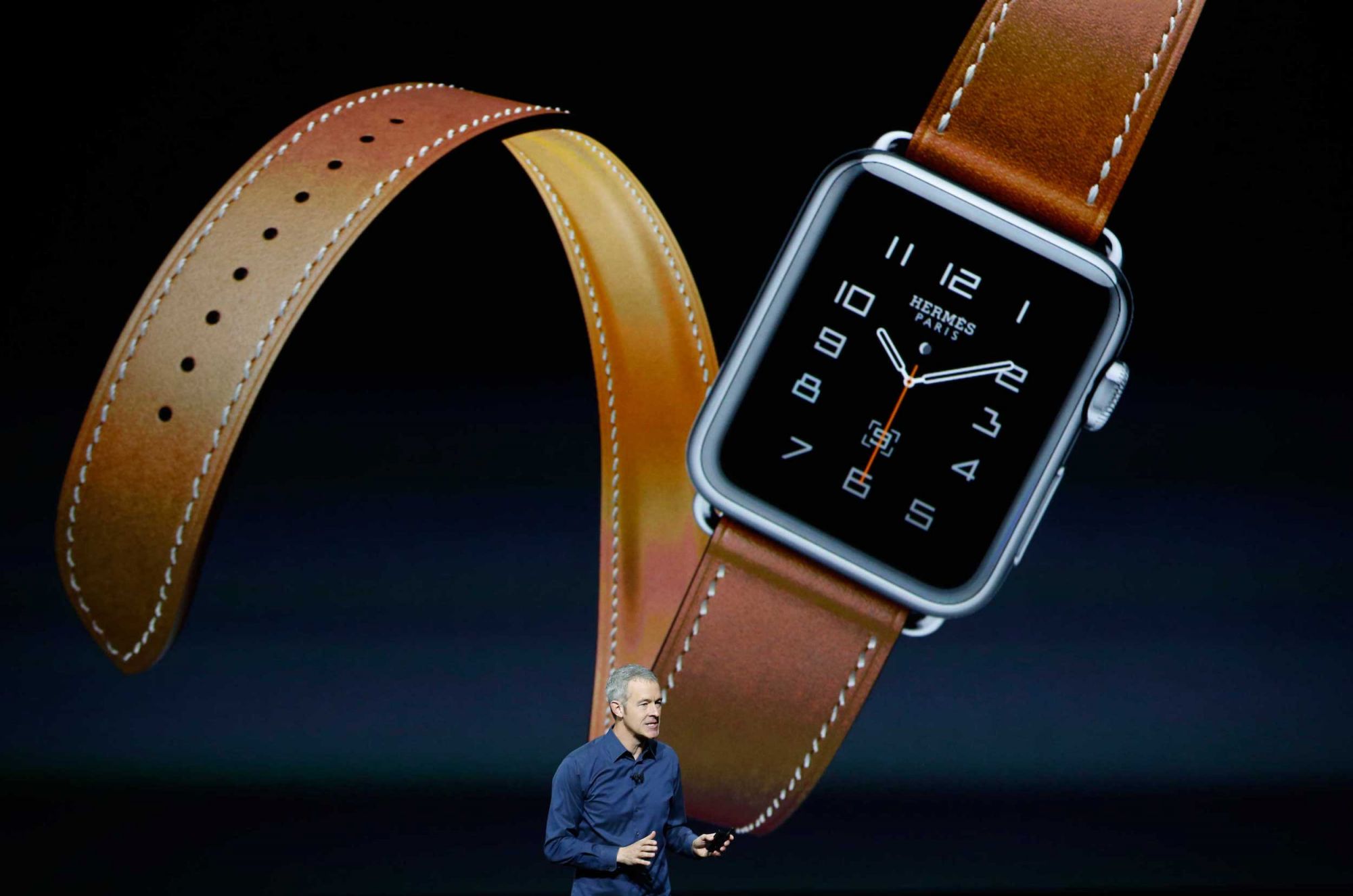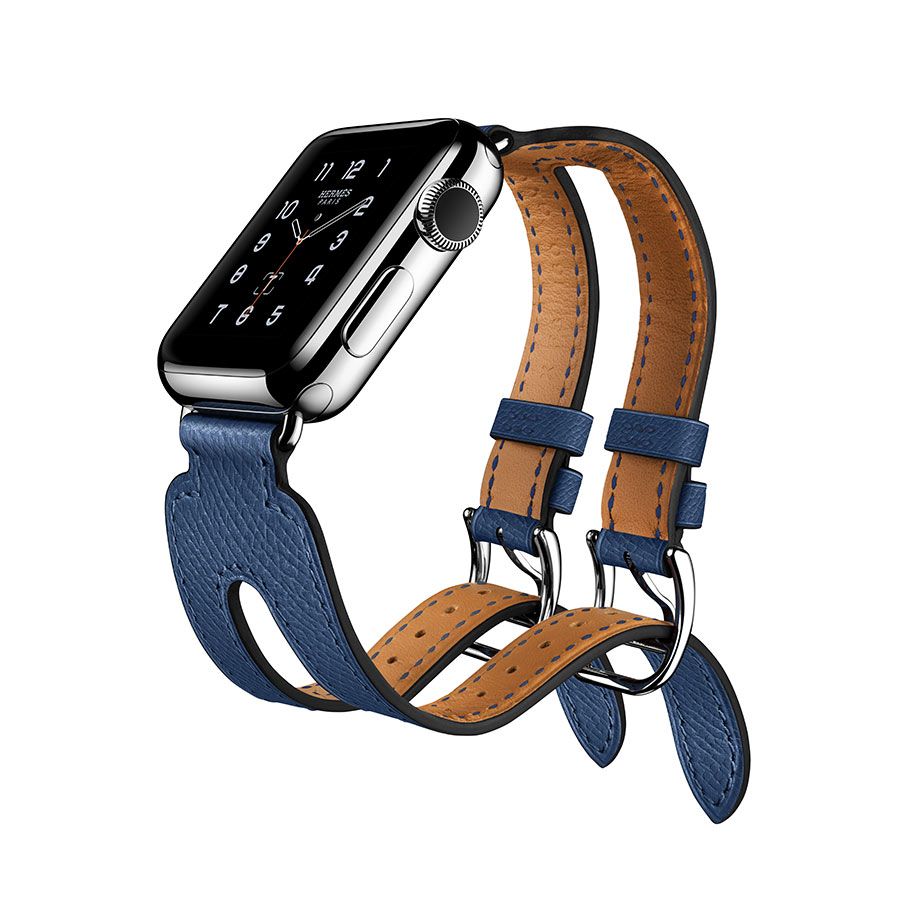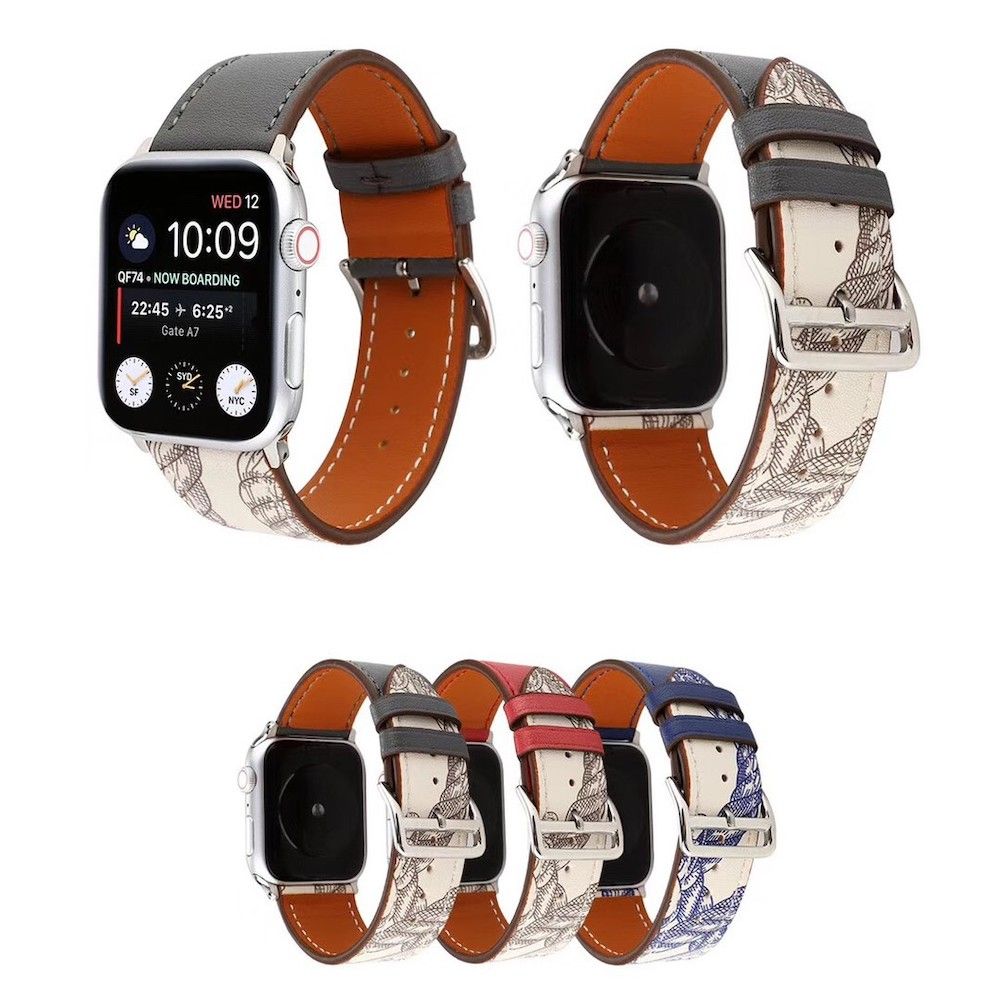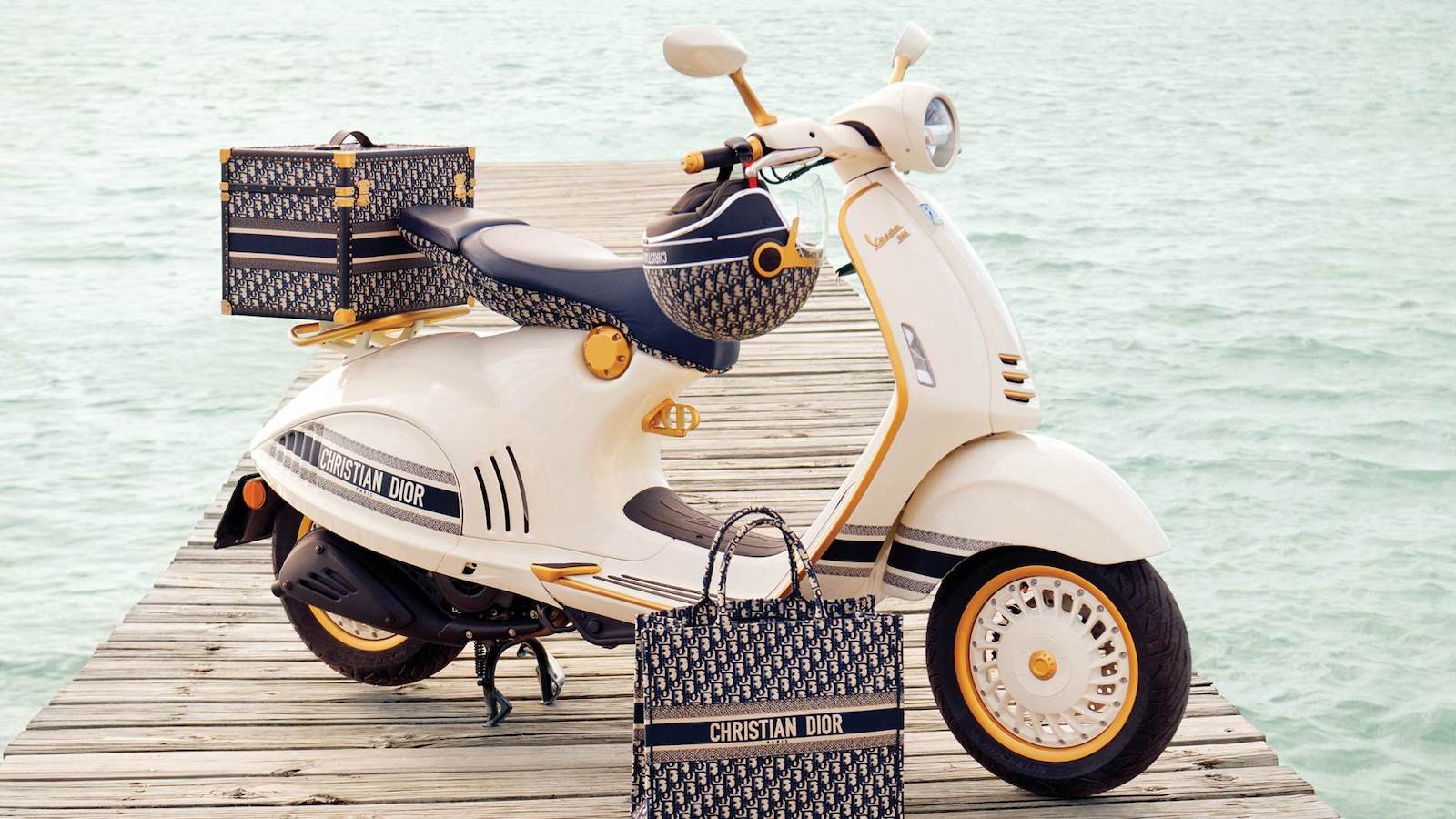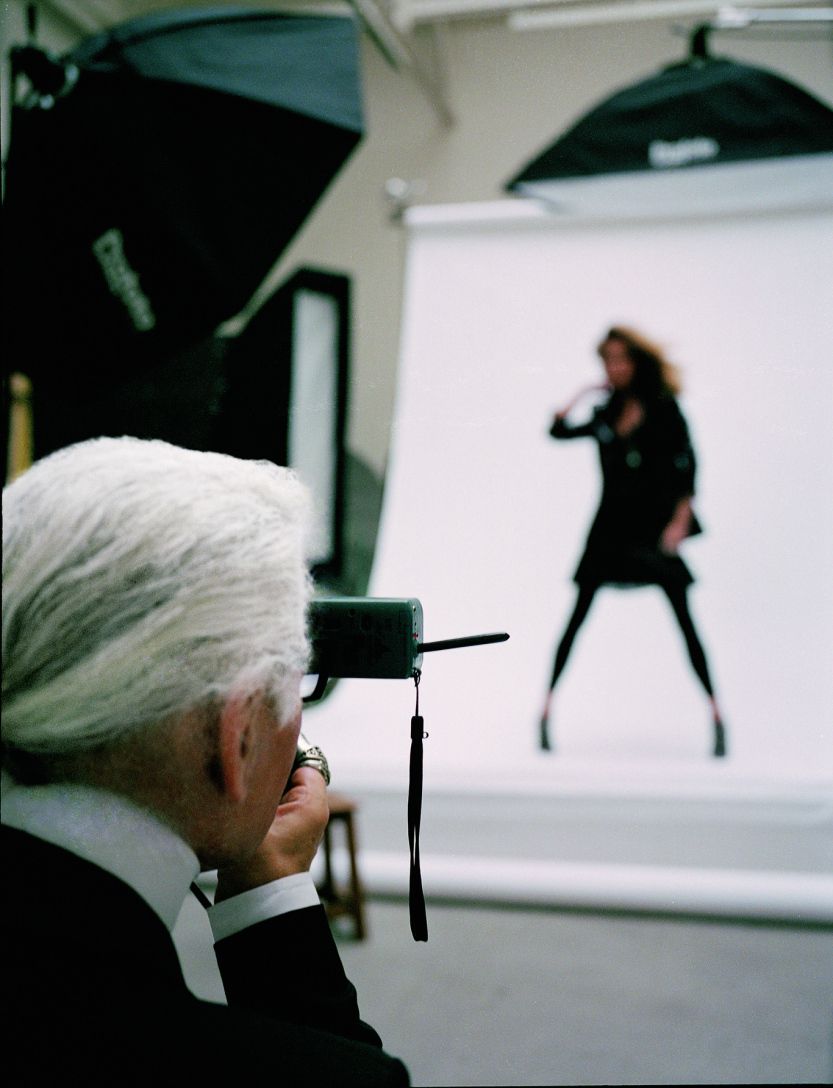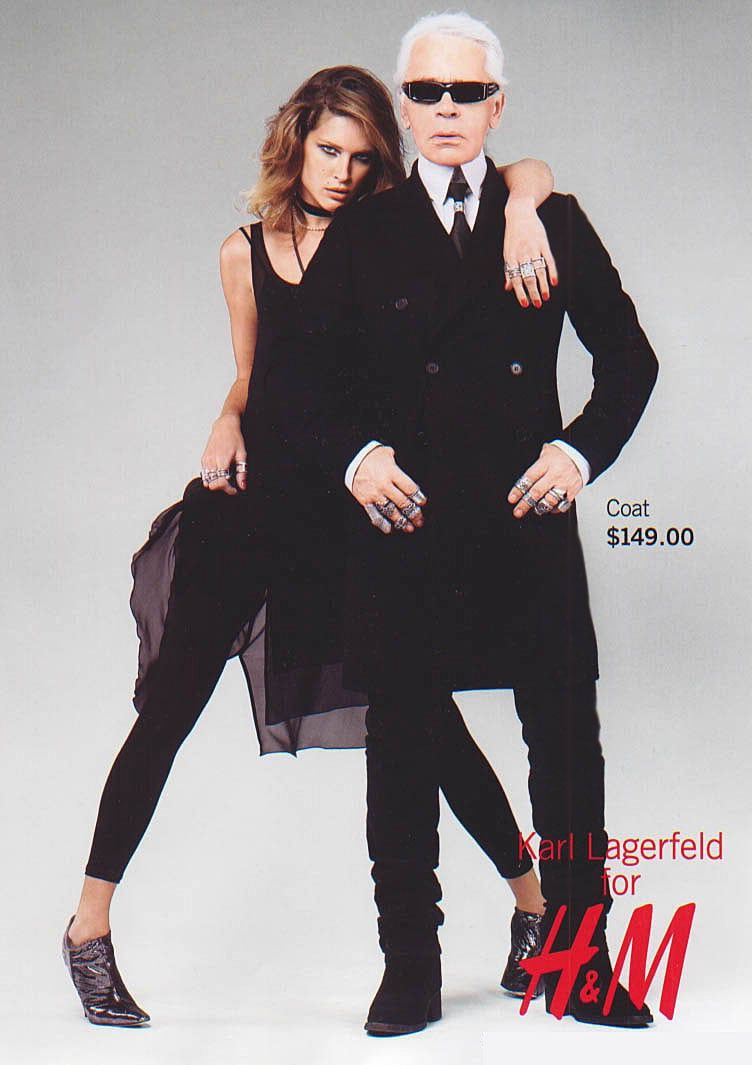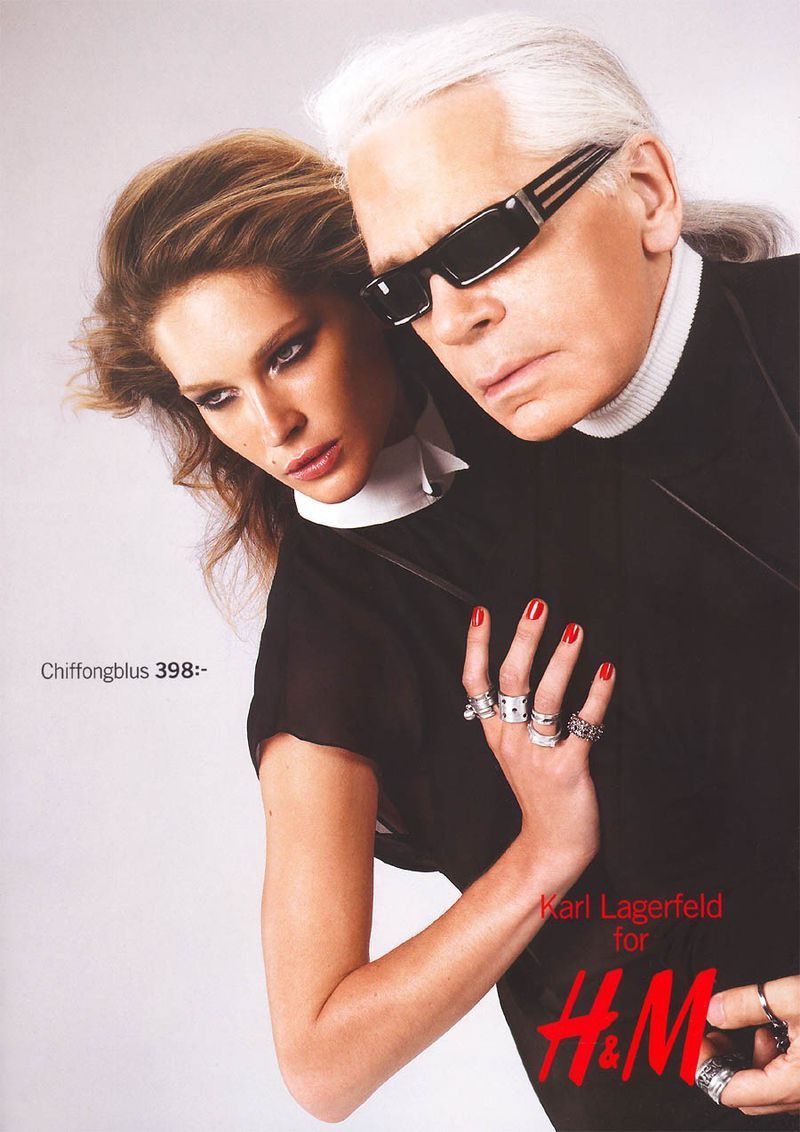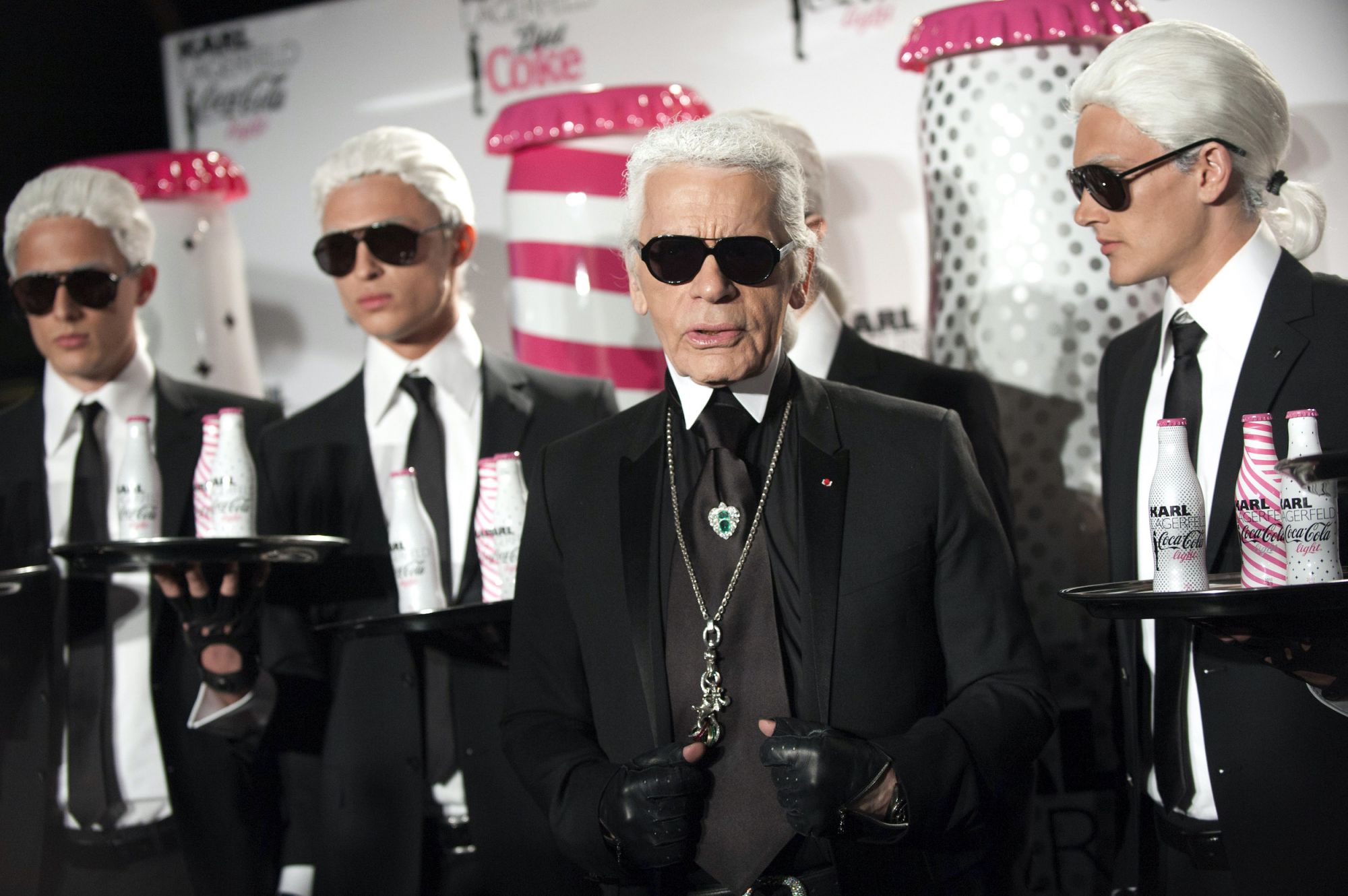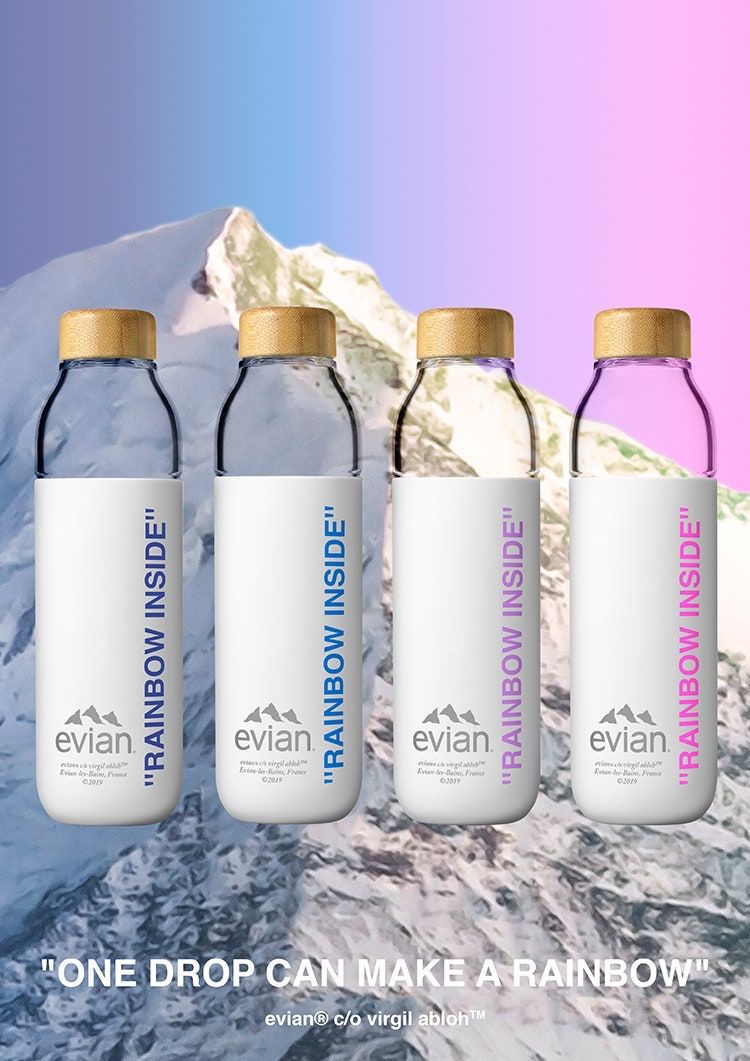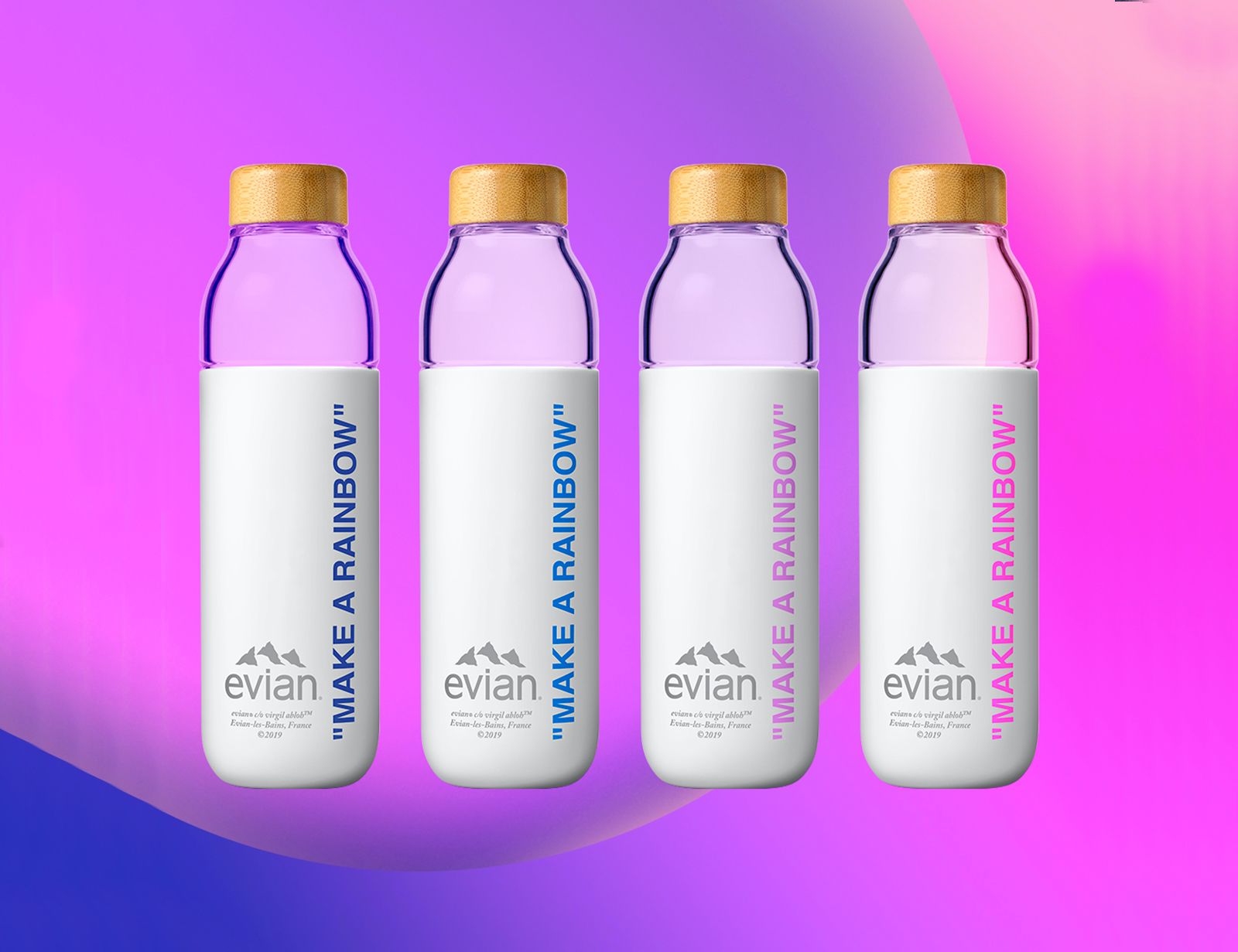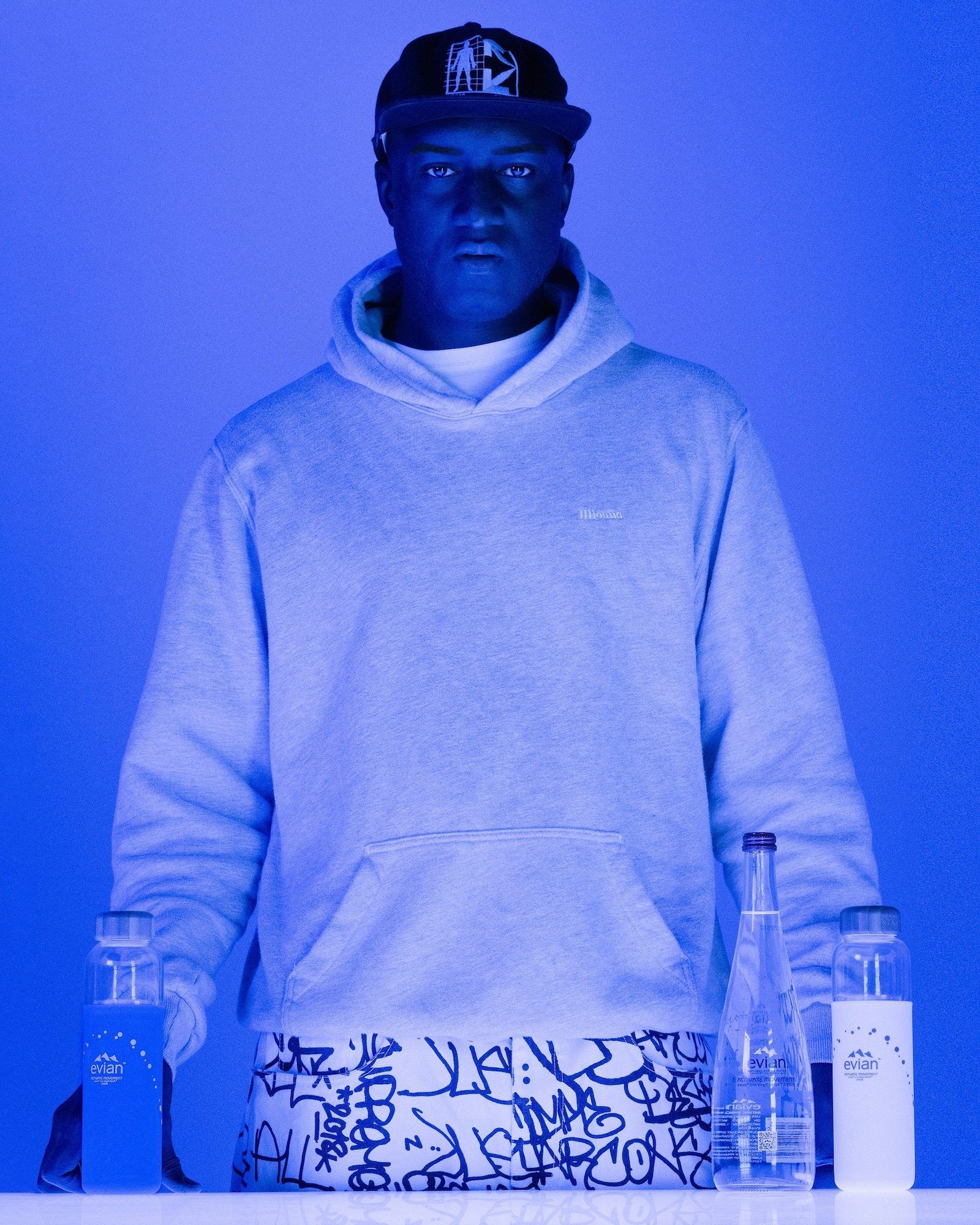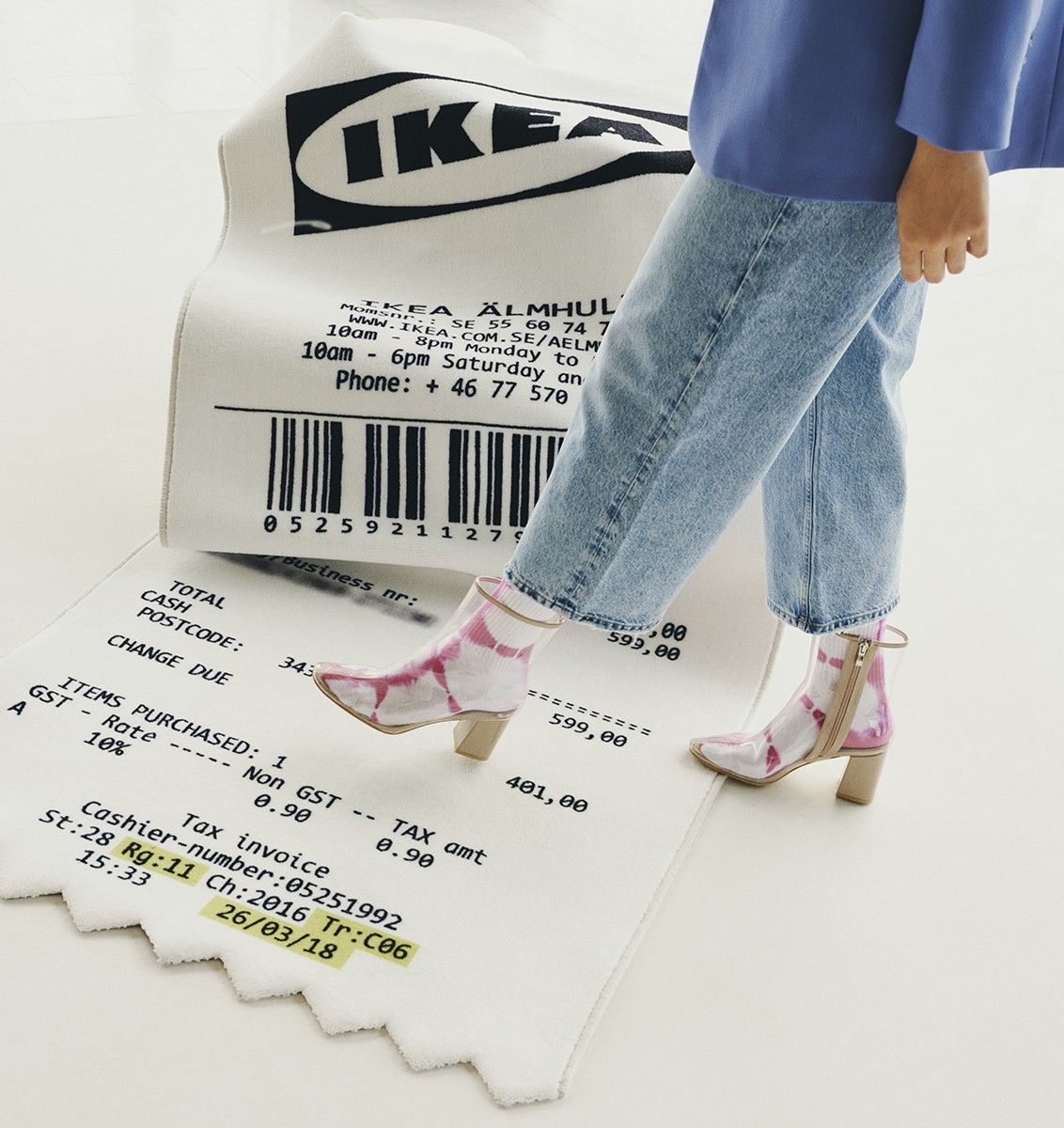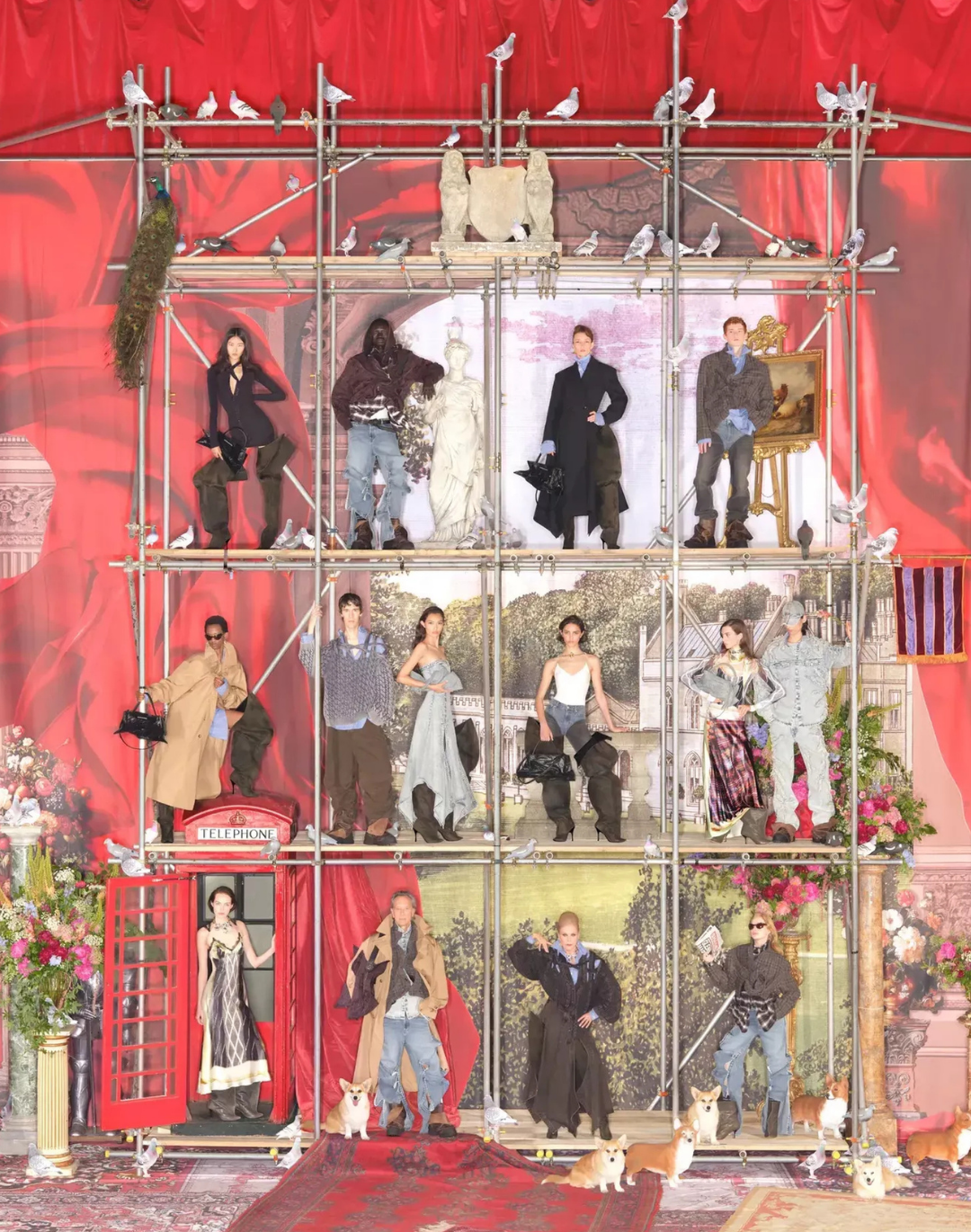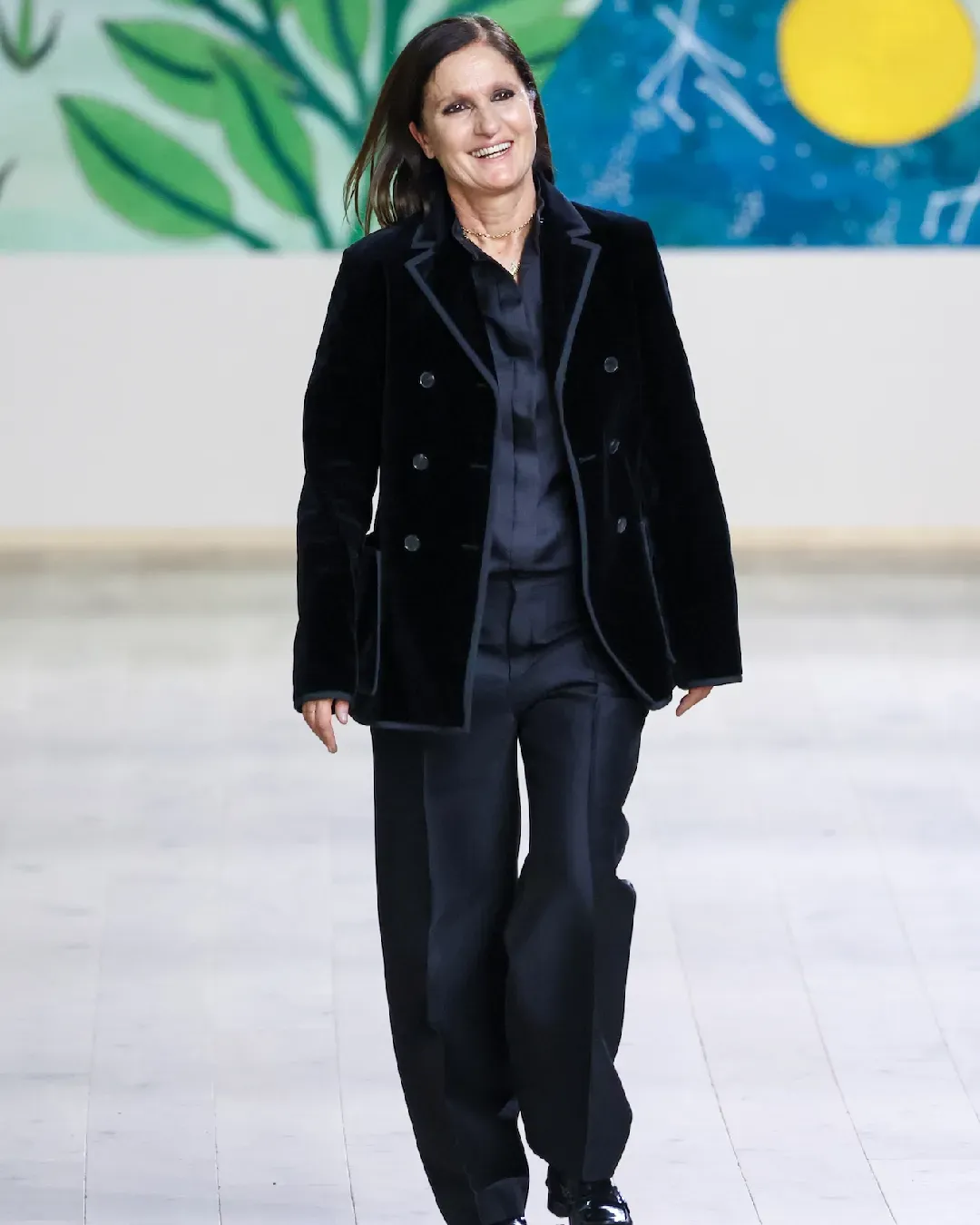
The future of fashion collaborations is cross-sectoral To remain relevant, brands will have to move away from their usual path
A few days ago Virgil Abloh announced that he will collaborate with Mercedes-Benz on a limited edition artwork inspired by the Mercedes-Benz G-Class, a partnership of which no further details are known but that unequivocally reveals in which direction the fashion industry is moving, as well as its most distinguished representatives.
Always the founding value of the streetwear world, which later became the prerogative of the luxury sector, in the last fifteen years the concept of collaboration has always taken on new aspects, until it became empty of its original value. After decades of collaborations that have left an indelible mark on the fashion industry - and on the perception of the same by the public - as well as many partnerships of questionable value, partnerships that were without meaning or a real reason to justify their existence, the path to follow for many fashion brands to remain relevant and to open up to a new public goes beyond industry, and it consists on experimenting in areas and territories that were once unexplored.
The dream of a democratic fashion industry
In 2004, H&M inaugurated a series of collections designed by the most prominent designers of the moment, starting with Karl Lagerfeld. On one hand, one of the most influential creatives of all time, but still tied to an elitist, exclusive vision of fashion, proved to be in step with the times, accepting a partnership capable of opening (him and) Chanel to a new, vast slice of public; on the other, the collaboration guaranteed H&M a certain dignity, a sort of improvement in the reputation that had always been lacking in the circles of the highest fashion. There have been few collaborations able to generate that level of interest and success - at least in the mainstream fashion - in addition to the attempt to at least partially realize the dream of a democratic fashion and therefore accessible to many.
As the most influential voices in the industry, both perfectly balanced between street and luxury, and often those responsible for their rapprochement, Virgil Abloh and Kim Jones have taken the concept of collaboration to the next level. After the sensational success of the The Ten collection with Nike, the creative director of Louis Vuitton was the first to move into uncharted territories, leaving the boundaries of fashion. Abloh worked on the concept of everyday life, transforming and redefining everyday objects and making them exclusive, true objects of desire. He did it with Evian's water bottles, with Rimowa's trolleys; he did it especially with IKEA, with a collection that represented a bit the sunset of that idea of collabo built on the hype and on the anticipation - and therefore on the name of Abloh himself - and which in fact did not equal the success of the previous ones.
For his part, Kim Jones not only has revolutionized the scenario of fashion collaborations with the 2017 collection of Louis Vuitton in collaboration with Supreme, but since he is at the helm of Dior there has been no season that has not seen the intervention of other designers, whether Yoon Ambush, Matthew Williams, Daniel Arsham or Shawn Stussy, returning Jones' idea of collective fashion and choral creativity. But most of all it is with the Dior x Jordan collection that the British designer has brought the industry to a point of no return. The pinnacle of the luxury streetwear movement will mark at the same time the end of that phenomenon, decreeing the conceptual exhaustion of the trend. There are in fact too many elements for which a collaboration of this type will be unrepeatable, both for the brand value of the brands involved, and for the symbolic value of a silhouette like the Jordan's, and above all for the historical moment in which it materialized, a moment when the market is over saturated.
A liquid future
In such a "crowded" scenario, in which everything has already been experienced, in which each brand has collaborated with anyone, with results that are not always positive, the direction in which to move is different and goes beyond the structural limits of the sector.
The release of the first Apple Watch also available with a Hermès leather strap (and later also by Fendi and Coach) was the prelude to the beginning of this trend, not fully understood and supported at the time. Staying on the technology front, the mobile market has always been a very fertile area for cross-sectoral collaborations. We have seen Prada with LG, Dolce & Gabbana with Motorola, Versace with Nokia, the last in order of time was Thom Browne with Samsung. A successful attempt, part of a wider rebranding operation, was instead the collaboration of Juventus with Palace, which cemented the popularity and above all the reputation of the Turin club even outside the football fields. If the fashion world has already experimented several times with the automotive sector, for example, a few months ago Dior announced the release of a limited edition Vespa in a monogram version, also accompanied by a series of accessories.
This is undoubtedly a requirement dictated by that saturation of the market mentioned above, but most of all it is the result of an evolution of the role of brands. Today, a fashion house is required to do more than just sell clothes: what the consumer is looking for is a narration, an imaginary, the idea of belonging to a specific cultural and market space, which will have to be translated into operations and partnerships that cross the boundaries of the fashion industry. One of the sectors in which fashion brands have always ventured is that of food and hospitality, industries in which it is easier and more immediate to translate aesthetics and imagination. Jacquemus was only the last in order of time to be added to the list of fashion brands that own restaurants and clubs, following the successes of Prada with Marchesi, Armani with the hotels of the same name, Burberry and Ralph Lauren with restaurants stand out and coffee.
Providing an experience is today one of the fundamental requirements for building a solid and lasting brand reputation, an experience that goes beyond mere purchasing, but which also extends to other areas of daily life. Virgil Abloh has already dictated in which direction the trend will move, it remains to be seen how many will follow it.













































